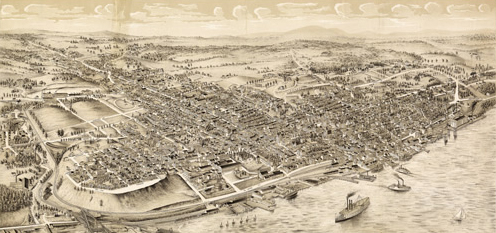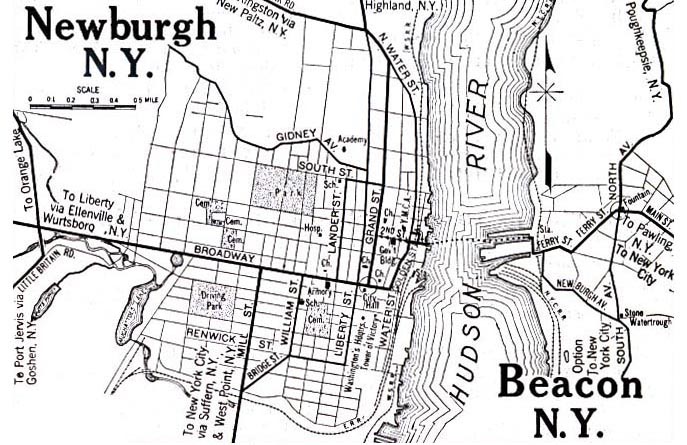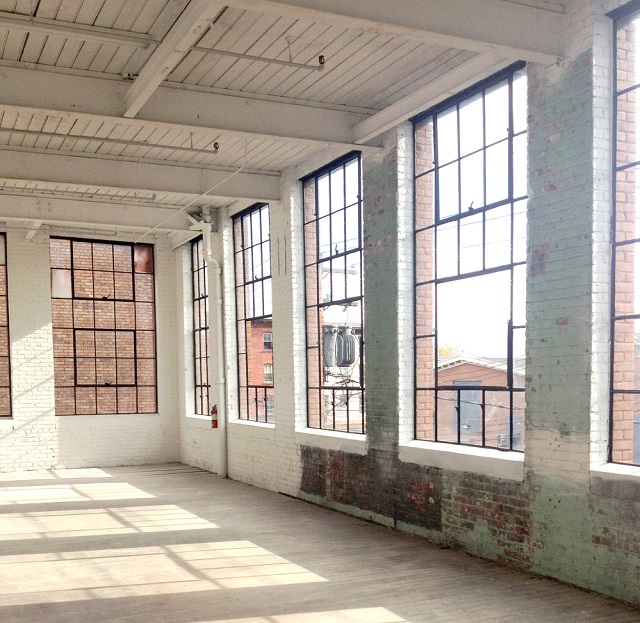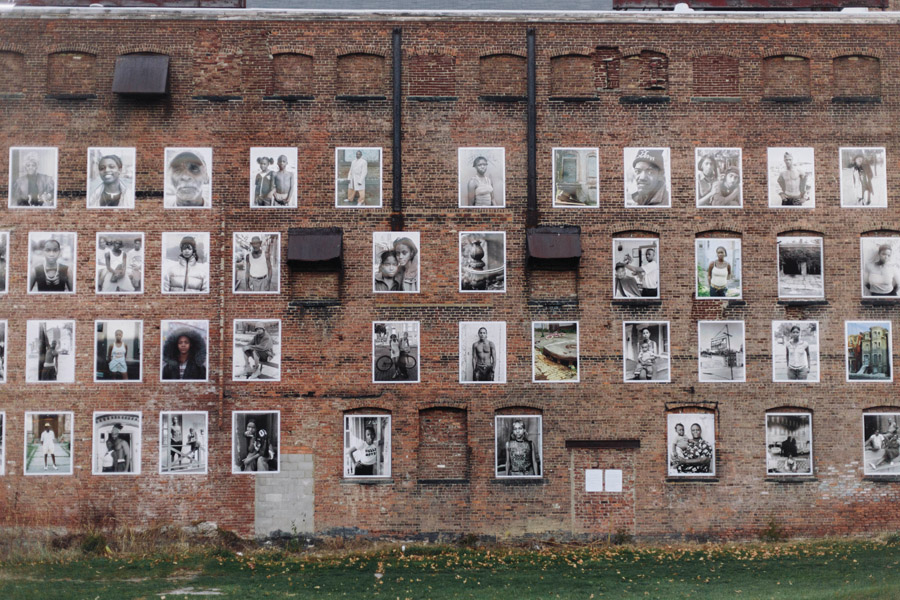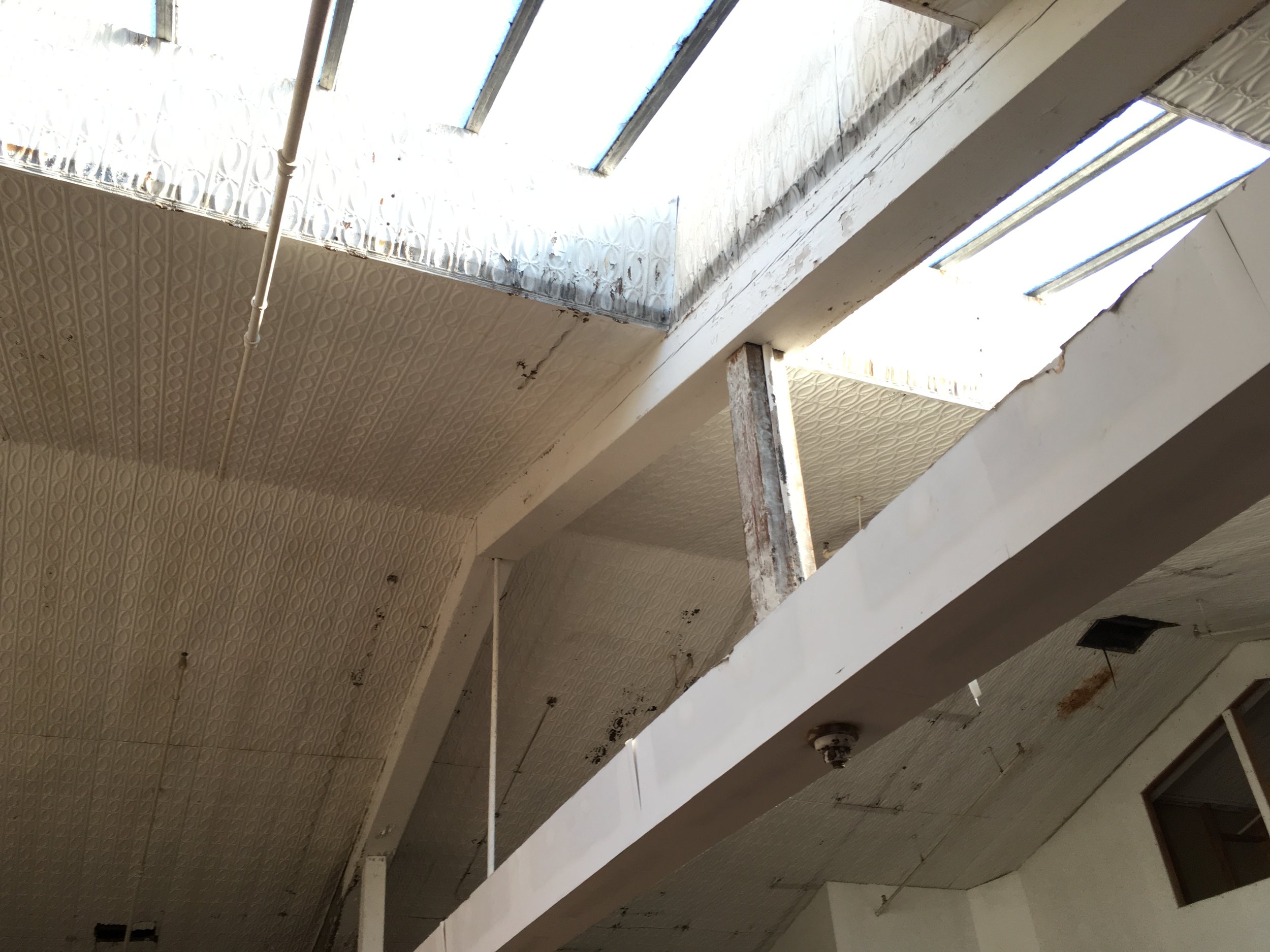Since 2019, Bantam has pursued an adaptive development project in the rapidly revitalizing historic Hudson River township of Newburgh, New York.
A Gilded Age urban manufacturing powerhouse and hub of commerce, with a thriving port and retail sector at the turn of the 20th century, Newburgh faced the same challenges over the next hundred years as many urban townships in the Northeast: automobile-induced sprawl, systemic changes in the manufacturing and shipping industries, declines in local commerce and subsequent population loss. Newburgh also suffered more specific planning and social setbacks: Highway 87 and the Newburgh-Beacon Bridge bypassed the historic core and focused new development towards the suburbs, demolition-based renewal efforts replaced historic structures and residential neighborhoods with acres of fallow land and institutional buildings, and crime rates rose drastically as large swaths of the urban center were left abandoned.
However, over the last decades, a sporadic but accelerating revival of the waterfront and surrounding neighborhoods has been taking root, driven both by manufacturing operations in search of affordable commercial real estate, and by individual homeowners attracted by the town’s architectural quality and location. With New York’s largest historic district outside NYC, Newburgh’s eclectic mix of townhouse, factory and single family home typologies combine to make it one of the most architecturally dynamic and beautiful townships in the Northeast.
Only an hour from NYC, and with a host of local and state-sponsored programs and incentives available for restoring local buildings, Newburgh’s rebirth is under way. But the prospects of sterile gentrification or monolithic development loom, and there are unusually significant systemic, logistical and architectural obstacles impeding the development of diverse, locally beneficial investment projects. Bantam proposes, by leveraging expertise in design, historic preservation, permitting, construction administration and local knowledge, to facilitate dynamic, community-based, carefully considered architectural development. Through the selection of high-impact locations, conscientious but ambitious design and programming, and in concert with existing community initiatives, local support and city programs, Bantam foresees the potential to realize a virtuous, rather than homogeneous, cycle of development, where neighborhood health, livability, diversity and community engagement increase with every project.


